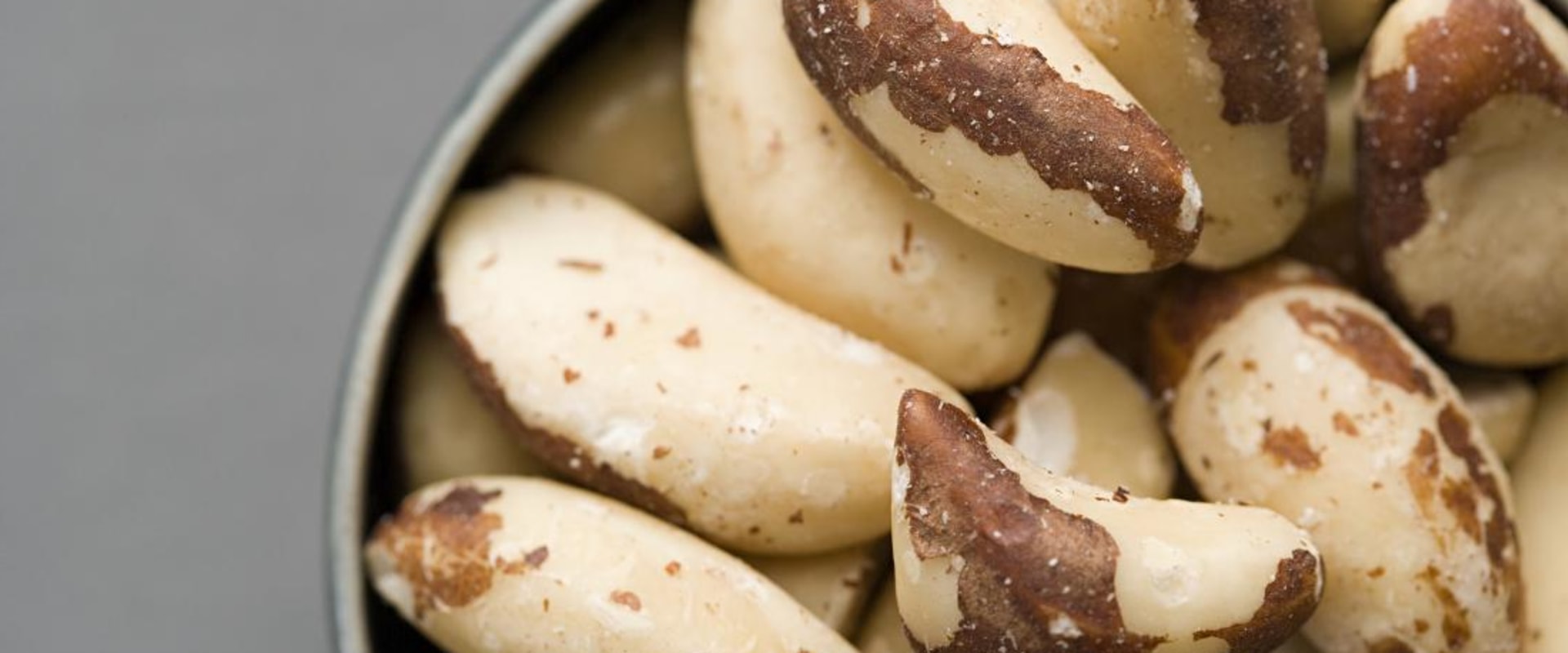In fact, Brazil nuts grow naturally only in regions with a dry season of three to five months (Müller, 1988). In the eastern part of Amazonian Brazil, flowering begins at the end of the rainy season in September and extends until February. Maximum flowering occurs in October, November and December (Moritz, 1988). A lot is needed for the development of a Brazil nut.
Brazil walnut trees bloom during the dry season (basically in autumn). After the flowers are pollinated, the tree bears fruit and takes a full 15 months to develop. In South America, the Brazil nut harvest begins in November and lasts throughout the winter until March. In Africa, cashew nuts are harvested at two different times of the year.
In West Africa, the harvest begins in December and lasts until June, while in East Africa the cashew harvest period is limited to the months of October and November. Cashew nuts from Vietnam are harvested between February and March. In this way, it is possible to meet demand throughout the year. Something extraordinary happened along the way.
Brazil nuts hooked up with that other Amazonian wonder, rubber, in a symbiotic relationship. The huge demand for rubber that began in the mid-19th century led to waves of settlers from the coast to the forest, where they hit the viscous white latex from May to November. Many collected raw rubber in Brazil nut shells. In the rainy winter, the chestnut harvest allowed them to work in the forest from December to March.
When the rubber market soared, Brazil nut sales continued. From 1847 to 1897, rubber exports grew by more than 2000 percent. But in the 1870s, settlers in Southeast Asia discovered that they could grow Brazilian rubber trees free of the parasites that prevailed in South America. From 1910 onwards, Brazilians saw rubber prices fall.
Those who were stranded in the forest with no secure income turned to Brazil nuts. Today's chestnut trees live as they did a hundred years ago. They make huts in the woods and wait for the nuts to fall. Most of the harvesting is done in the morning, when the wind is still and there is less chance of being hit by a falling capsule.
On a fine day, an experienced collector can find more than a thousand pods, cut them with a machete and transport the nuts, in bags of up to 140 pounds, to the river or the nearest road. Once bees have pollinated flowers, fruits can take up to 12 months or longer to develop (Ortiz, 2002; Wadt, et al. The fruit that is produced is an extremely hard spherical pod that contains between 10 and 25 large seeds or edible Brazil nuts (Haugaasen & Haugassen, 20. As the rainy season progresses, mature seed pods (called “coconuts” by collectors) fall from the top of the tree to the forest floor.
Larger seed pods can weigh up to 2.5 kilos (Mori & Prance, 1990), so as a safety measure, nut pickers avoid harvesting areas until most of the “coconuts” are in the ground. Brazil nuts contain about 14 percent protein, 11 percent carbohydrates, and 67 percent fat or oil, as well as potassium, phosphorus, calcium, and vitamin B. Peanuts are harvested in the southern hemisphere from April to June and in the north between September and October. Brazil nut (Bertholletia excelsa) is a South American tree of the Lecythidaceae family, and is also the name of the edible seeds commercially harvested from the tree.
The fruit and its nut shell, which contains the edible Brazil nut, are relatively large and can weigh up to 2 kg (4 lb 7 oz) in total weight. Brazil nuts have never been successfully grown at scale on farms, and in nature they depend on the conservation of the surrounding forest. They believe they can show that, aside the danger of serious or fatal injury, chestnut trees can make a living picking nuts from a living forest year after year than with any single-shot wood harvest. Along with rubber, which can be harvested without damaging trees, chestnuts form an annual, low-impact source of livelihood called “extractivism.”.
The collection of pine nuts in Italy is carried out in winter-autumn (from October to March) and depending on the time when the product may have different degrees of humidity. Brazil nut prices fluctuate and, when they are scarce, prices rise well above what cooperatives can afford. Ortiz and his colleague Adrian Forsyth describe their research objective as protecting chestnut forests based on the ecological, economic and social viability of harvesting chestnuts from natural forests. One is prepared at the NMNH exhibition, just a few meters from Brazil nuts, waiting forever for your refreshment.
Peanuts, due to their nutritional characteristics, are included in the category of fatty nuts, even though they are actually leguminous plants that develop underground. Nutritionally, Brazil nuts are a rich source (20% or more of the Daily Value, DV) of dietary fiber (30% DV) and various dietary vitamins and minerals. In Brazil, cutting down a Brazil nut tree (usually with the intention of harvesting wood and Brazil nuts) is illegal, unless done with the prior authorization of the Brazilian Institute of Environment and Renewable Natural Resources. Because their value comes from harvesting Brazil nuts, which can be done when they naturally fall to the forest floor.
. .

Leave Message